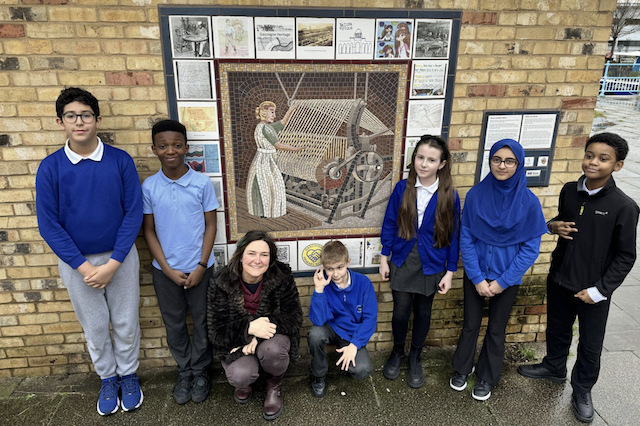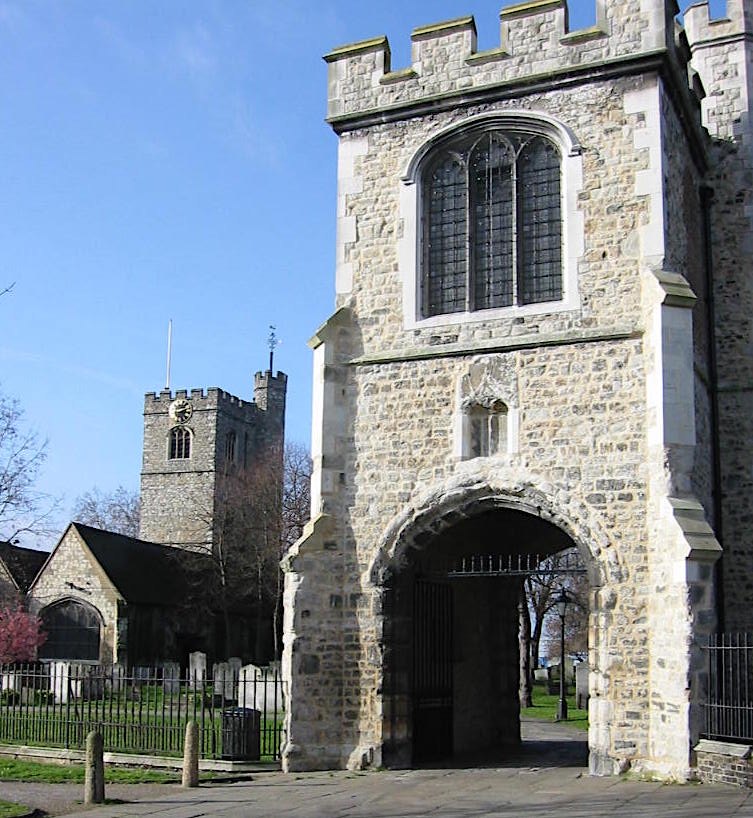Post
An alternative view on urban regeneration in Barking
6 Jul 2024
Barking and Dagenham Council in east London started its 20-year regeneration programme in 2017. With an area of more than 400 hectares to be transformed and a young and growing population, Diane Cunningham takes a look at how the borough is doing things differently.
The rise of outer London
As inner London perhaps peaks, in terms of land availability and house price growth, making it increasingly difficult to do interesting things in a cost effective way, attention has increased in the outer London boroughs, who to some extent have been left behind as London has surged in appeal over the last 20 years.
As transport has improved and with new rail links at Barking Riverside and the Elizabeth Line, areas that were once perceived as being off the map are now more accessible and gaining attention. With large areas of land available at cheaper prices than inner London, areas such as Barking now offer an exciting opportunity to create new offers from housing to leisure and retail in a less constrained environment.
A strong history and a positive future
With a long history as a strong, industrial London borough, the home of Ford and the former pharmaceutical manufacturer Sanofi, Barking and Dagenham was a borough of high employment, good quality housing and residents with a strong sense of pride.
As these major industries started to diminish, the town struggled to define its new identity and today unemployment stands at the third highest in London and most jobs are in low skilled, low paid sectors. Within London, the borough often features at the bottom of city-wide league tables. Perhaps as a result, Barking town centre today offers a mix of low priced retail, with few multiples, and a market four days a week.
Check out our rundown of upcoming events
There is a limited food offer and evening economy perhaps due to, or in spite of, Barking being only 15 minutes from the City of London. The regeneration programme is aimed at the borough achieving mid-table status within London league tables and being able to compete both at a city level and worldwide in terms of its offer and attracting further investment. The borough, with its 400 hectares of development land offers the largest opportunity in London, in terms of the scale of space available and, coupled with the cheapest property and land value in the capital, there is now huge potential to reshape its future.
Doing things differently
Barking and Dagenham are using a people-led approach, working with existing residents to ensure they continue to feel part of the borough as it changes. Working with Participatory City, the largest participatory project of its kind in the country is underway. By creating the ‘Every One Every Day’ project it is easier for residents to spend time with their neighbours doing practical and useful everyday things together, strengthening the community and building pride in their borough.
Be First is wholly owned by the council, meaning that the proceeds of growth are reinvested into the borough. The organisation acts as a developer, buying sites, obtaining planning permission and building new residential and commercial developments; it provides project management, land assembly and planning consultancy services to the council and commercial partners and provides Town and Country Planning and other statutory functions to the council at no cost.
Alongside an inclusive growth agenda, Be First works in partnership with Reside (a council owned affordable landlord) and with key anchor institutions such as Coventry University London (in Dagenham) and Future Youth Zone, amongst others.
The ethos of providing for existing residents first runs through housing, workspace and facilities with a good example being a dedicated focus on the artists community and making provision for them. Again, this is focused on those already based in the borough and supporting their talent to grow before offering space to artists priced out of inner London locations.
Putting culture centre stage
The arts and creative sector has been developed locally by Creative Barking and Dagenham, core funded by Arts Council England’s Creative People and Places programme and the council. At the heart of the programme are the Cultural Connectors, a group of local residents (now numbering almost 200) who work with artists and other partners to develop the borough’s arts programme, another way of ensuring local people shape what is happening in their borough giving a stronger sense of what will work or could be developed into a longer-term offer.
By focusing regeneration delivery on existing residents it is intended that they enjoy the changes rather than getting priced out and that nobody gets left behind. This is reflected in the borough’s approach of creating a place for residents in which they will ‘live, work, study and stay’.
Heritage quarter
Looking to the future while respecting the past Barking town centre has a rich history. William the Conqueror was based there whilst the Tower of London was being built, it had the biggest fishing fleet in the country, Captain Cook was married at St Margaret’s church and Barking Abbey played a key role as one of the most important nunneries in the country.
The regeneration will capitalise on this somewhat, unknown and (partly) hidden history, connecting the river and Abbey Green with the town centre as the programme develops. In moving on from the borough’s industrial past, the scale of sites that were used by Ford and Sanofi provide huge opportunities to create new clusters be it in science and technology, film (with a planning application being submitted for London’s largest film studios for 25 years) or education to create new, higher-skilled jobs to replace those that have gone. The relocation of the City of London’s wholesale markets offers a further opportunity to create a food specialism via produce, restaurants and training
The combination of heritage, connectivity and riverside frontage is all unique to Barking, and is expected to be exploited to create a stronger identity in the area as Barking develops into a modern London town. The borough as a whole is in a unique position. When we think about other largescale development sites such as Battersea Power Station or Canary Wharf, they very much started with a blank canvas and little in the way of existing residents. This makes Barking and Dagenham unique.
There is the potential for large-scale regeneration in the context of an established community, learning from their experience and knowledge of living there and taking on board their hopes for the future and matching it to the plans being developed in the space available. Doing this within a socially responsible, inclusive model of regeneration presents a great opportunity to bring the existing residents on the journey as the area develops, to build their sense of pride as they see the changes and to attract new residents as a result of the existing community, not in place of. Perhaps a good place to end is with council leader Darren Rodwell stating that he would like Dagenham to become ‘as famous for films as it was for Fords’ reflecting a wider vision for modernising the local economy but very much rooted in civic pride.
Diane Cunningham is a trustee of the London Society and director of The Assembly Line, a consultancy providing project management, stakeholder engagement and strategic marketing support to places and businesses. She was part of the Future of Barking Town Centre Panel. Find out more about Barking and Dagenham’s approach on the Be First website.


